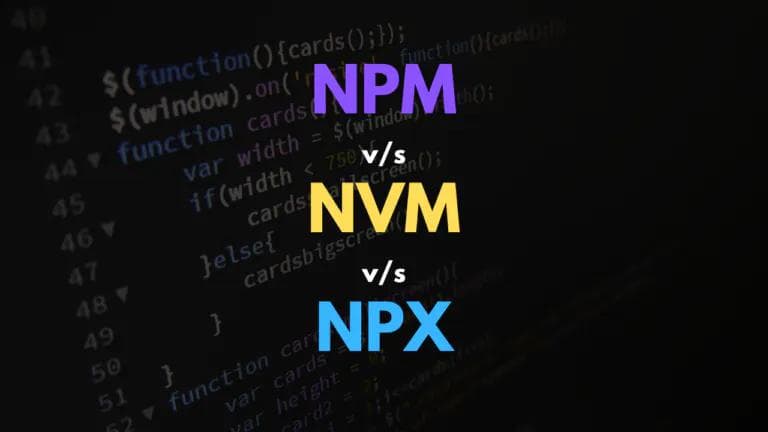
Why Next.Js?
In the ever-evolving landscape of web development, choosing the right framework can make a significant impact on a project's success. One such framework that has gained immense popularity and is reshaping the way we build web applications is Next.js. Born out of the React ecosystem, Next.js has quickly become a go-to choice for developers and businesses alike. In this article, we will explore the compelling reasons why Next.js is gaining traction and why you should consider using it for your next project.
Read More
Understanding the Differences Between JavaScript (JS) and TypeScript (TS)
avaScript (JS) and TypeScript (TS) are both powerful programming languages widely used for building dynamic and interactive web applications. While they share similarities, TypeScript is often seen as an evolution of JavaScript, introducing features that enhance the development process. In this article, we will delve into the key differences between JS and TS, highlighting the advantages TypeScript brings to the table.
Read More
How Tailwind CSS Makes Web Design Easy and Fun
If you are a web developer or designer, you probably know how hard it is to create beautiful and responsive websites that work on any device and browser. You have to write a lot of CSS code, deal with cross-browser compatibility issues, and maintain a consistent style across your pages. And if you use a CSS framework like Bootstrap or Foundation, you might end up with a generic-looking website that doesn't reflect your unique brand or personality.
Read More
Partial Pre-Rendering: A New Feature in Next.js 14
Next.js is a framework that enables developers to build fast and scalable web applications using React. It offers features such as hybrid static and server rendering, code splitting, and automatic routing. In October 2023, Vercel, the company behind Next.js, released Next.js 14, a major update that focuses on delivering performance improvements. One of the key features of this release is partial pre-rendering, which combines static site generation with server-side rendering without requiring new APIs for developers. This feature optimizes the compiler to handle dynamic content and offers significant performance boosts. In this article, we will explain what partial pre-rendering is, how it works, and how to use it in your Next.js projects.
Read More
Understanding NPX, NPM, and NVM: A Guide to Node.js Development
Node.js has become an integral part of modern web development, enabling developers to build scalable and efficient server-side applications. In the Node.js ecosystem, several tools play crucial roles in managing packages, versions, and execution environments. Three of these tools, NPX, NPM, and NVM, are commonly used and sometimes confused due to their similar-sounding names. In this article, we'll delve into the distinctions and use cases of NPX, NPM, and NVM to help developers navigate the Node.js landscape more effectively.
Read More
The Pitfalls of Content Delivery Networks (CDNs) on Google's SEO
In the ever-evolving landscape of online content and search engine optimization (SEO), website performance plays a crucial role in determining its visibility on search engine results pages (SERPs). While Content Delivery Networks (CDNs) have become popular tools for enhancing website speed and user experience, there are instances where CDNs can adversely affect Google's SEO. In this article, we will explore the potential drawbacks of CDNs and their impact on a website's search engine rankings.
Read More
Understanding SSG, SSR, ISR, and CSR in Next.js
Next.js, a popular React framework, offers various strategies for rendering content efficiently. Four key concepts integral to Next.js development are Static Site Generation (SSG), Server-Side Rendering (SSR), Incremental Static Regeneration (ISR), and Client-Side Rendering (CSR). Each approach has its strengths and is suited for different use cases. Let's delve into each of them:
Read More